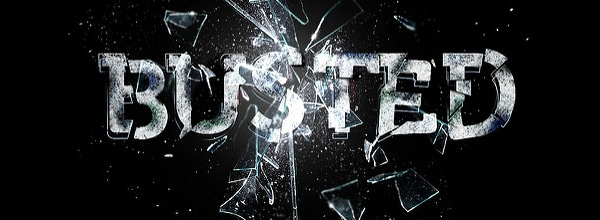One of the most annoying traits of “classical cloning” is an imperfect system of discriminating between the clones containing an empty vector and vector with insert after cloning. Even when your self-ligation control plate is empty, you can have a lot of colonies containing an empty vector on the “vector + insert” plate. Even the blue-white cloning becomes useless if you have a lot of colonies due to insufficient pigment accumulation in each colony. “Toxin–antitoxin cloning systems” (TACS) improve this step, removing the need for post-cloning screening for empty vector.
The basics of Toxin–antitoxin Cloning Systems
TACS are based on bacterial toxin-antitoxin systems. Toxin-antitoxin systems are selfish genes, which prevent the host cells from losing them. They consist of a pair of proteins or non-coding RNAs. The toxin part is long-lived; on the contrary, the antitoxin has a short half-life. The toxin, just like antibiotics, targets conserved parts of cell machinery or essential processes, such as cell wall, chromosome replication or translation. The Antitoxin – as it says on the tin – prevents the toxic effect of the corresponding toxin, usually by binding to it.
Imagine that the genes for toxin and antitoxin are on a plasmid. The bacterium divides but one of the daughter cells doesn’t have a copy of the plasmid anymore. Because antitoxin is unstable, its concentration drops faster than toxin’s and the toxin kills the plasmidless cell. This provides a direct selection against losing the plasmid.
One of the best studied examples of toxin-antitoxin system is ccdA/ccdB from the F-factor of E.coli. The toxin, ccdB, binds and inhibits one of the subunits of DNA gyrase, involved in chromosome supercoling. Antitoxin ccdA forms a competing complex with ccdB, preventing its toxic effect.
Toxin-Antitoxin Systems in Cloning
There are several types of systems that use TACS:
1) The gene of interest should be inserted into the toxin gene. If the toxin gene is not disrupted during cloning, cells will die. So every colony that grows on your plate after cloning in theory contains the insert in the vector, ofcourse this is assuming you have good aseptic technique. The CloneJET PCR Cloning Kit and the Zero Blunt® Cloning Kit both utilize this technique.
2) Host cells contain the gene for the toxin on the chromosome, the vector has a partial antitoxin gene. Another part of the antitoxin gene is attached during PCR to the gene of interest – usually a short oligo fragment. Ligation of the vector with PCR product restores the active antitoxin gene. This type of system selects not only for an insertion but for the correct orientation of the fragment as well. Commercial system of this type is StabyCloning™ system..
3) The plasmid contains a site for phage lambda recombination in the toxin gene. The complementary sites are attached during PCR to the 3′ and 5′ of the insert. In vitro recombination between the insert and the vector results in hybrid molecules. Probably the most popular example of this type of TACS is the Gateway cloning system.
All these types of TACS can be based on ccdA/ccdB. Happy cloning.
Literature:
Unterholzner S.J., Poppenberger B., Rozhon, W. (2013) “Toxin–antitoxin systems: Biology, identification, and application”, Mobile Genetic Elements 3:5, e26219





